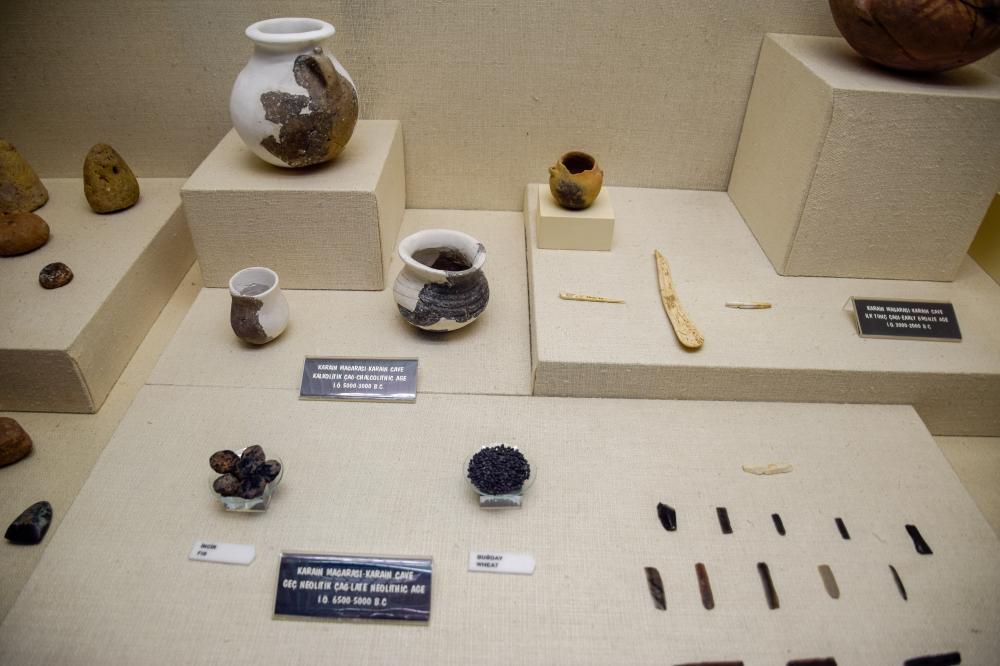The Evolution of Exhibits and Displays
Over the past two decades, I’ve had the privilege of witnessing the transformation in the world of Exhibits and Displays firsthand. Gone are the days of static setups and one-size-fits-all solutions. Today, these displays serve as dynamic storytelling tools that go beyond mere aesthetics. From interactive kiosks to virtual reality experiences, the evolution has been nothing short of revolutionary. Change is driven by technology, personal interactions, and a demand for unique experiences.
At The Exhibit Company, our journey mirrors this evolution. As industry demands shifted, so have our methodologies. We’ve integrated tech-savvy solutions like augmented reality to craft exhibitions that don’t just display artifacts but engage attendees on emotional and intellectual levels.
Why Are Exhibits and Displays Crucial?
The significance of Exhibits and Displays in marketing cannot be overstated. They offer a platform to encapsulate brand values, showcase products, and establish a direct connection with the audience. Every display is an opportunity to leave a lasting impression and create memorable experiences.
In an era where consumer attention is fragmented, a compelling exhibit can be the beacon that draws customers in. Exhibits and Displays are fundamental in creating these connections. As I often tell my clients, “Your exhibit is your handshake with the world; make it firm and unforgettable.”
How Do You Design Effective Exhibits and Displays?
Designing an effective exhibit requires a strategic approach. Here are essential steps to consider:
- Identify Objectives: Clarify what you aim to achieve with the exhibit. Is it brand awareness, product launch, or lead generation?
- Understand the Audience: Tailor your displays to the demographics of the attendees. Know what resonates with them.
- Choose the Right Format: Whether you opt for modular designs or intricate custom builds, ensure the format aligns with your goals.
- Focus on Engagement: Incorporate interactive elements. Think touchscreens, VR experiences, or live demonstrations to captivate interest.
- Leverage Lighting and Color: Use these elements strategically to guide the viewer’s gaze and highlight key features of your display.
Debunking Common Misconceptions
There are numerous misconceptions about Exhibits and Displays that can mislead potential exhibitors. One prevalent myth is that bigger is always better. While a grand display may catch the eye, it’s the message and how it’s communicated that truly matters.
Another is the belief that technology alone makes a display effective. While tech can elevate an exhibit, it must complement the narrative rather than overshadow it. A balance between design, technology, and storytelling is crucial.
Future Trends in Exhibits and Displays
The future of Exhibits and Displays is poised to be even more thrilling with emerging trends. Virtual reality continues to gain traction, providing immersive experiences that transport visitors beyond the confines of the exhibit space. AI-driven analytics offer insights into visitor interactions, allowing for real-time adjustments and personalized engagements.
We’re also seeing a rise in sustainable designs, with eco-friendly materials and processes becoming more mainstream. This shift isn’t just about reducing carbon footprints but also resonates with consumers who value environmental responsibility.
How Can You Maximize the Impact of Your Exhibits and Displays?
Maximizing the impact of your Exhibits and Displays is about more than just the initial wow factor. It involves strategic planning and execution. Here are key strategies:
- Pre-Event Promotion: Use social media and email campaigns to build anticipation. Let people know what to expect from your display.
- On-Site Engagement: Train your team to engage effectively with attendees. Their interaction can make a difference.
- Follow Up: Post-event contact is crucial. Utilize the leads gathered during the event to nurture relationships and convert interest into sales.
- Feedback Loop: Gather feedback from attendees and team members to identify areas for improvement in future displays.

